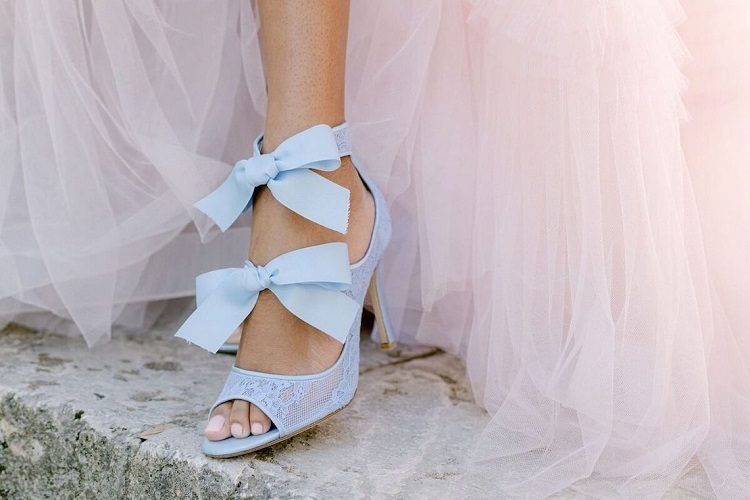Pop culture is rife with examples of celebrities wearing sunglasses even when they are not out in the sun. For example, the Rolling Stones’ Ronnie Wood frequently wears sunglasses when he is out and about at night. They are part of his image. U2’s Bono almost always wears amber sunglasses due to glaucoma.
Now we know of yet another reason people wear sunglasses in what appear to be inappropriate places: a condition known as photophobia. Actor Brian Cox suffers from it. As such, he is almost always wearing sunglasses on the red carpet, at award shows, and during photo shoots. Making such appearances without sunglasses is uncomfortable at the very least; it could be potentially harmful under extreme conditions.
Table of Contents
More About Photophobia
Despite its name, photophobia is not a fear of light. It is actually a hypersensitivity to light. People suffering from photophobia are made very uncomfortable by all sorts of bright lights. For people like Brian Cox, bright stage lights and camera flashes are the worst. Other people are more sensitive to car headlights and LED lamps.
It turns out that photophobia is not a medical condition unto itself. Rather, it is either a symptom of another condition or the result of damage to the eyes. According to WebMD, photophobia can be a symptom of:
- migraines
- brain injury
- dry eye
- cataracts
- conjunctivitis
- retina damage.
At any rate, the severity of photophobia determines how uncomfortable light is to a person who suffers from it. Also, people with photophobia vary in terms of the types of lighting they find uncomfortable. Finally, people with light-coloured eyes are more susceptible to the condition thanks to having less pigment to filter bright light before it reaches the retina.
Photophobia and Lens Tinting
Olympic Eyewear, a Salt Lake City company that distributes its own brands of designer-like sunglasses, explains that lens tinting techniques were developed in the 1980s to help people with photophobia. Different tints are applied to filter out certain wavelengths of light based on patient preferences.
This is why you will often see Brian Cox wearing amber or blue sunglasses at the awards show. They filter harsh stage lighting that would otherwise be too uncomfortable to bear. Likewise, Bono’s amber sunglasses are just the right shade to filter out the wavelengths that bother his eyes.
Some patients are especially sensitive to florescent lighting. For some reason, they also seem to have trouble with car headlights. For them, black or dark grey lenses seem to work best.
Impairing Color Perception
If there is a downside to wearing tinted sunglasses to fight photophobia, it is the reality that tinting impairs colour perception. Light gray lenses are said to impair colour perception the least, which might be why they are so popular for all-purpose sunglasses. Gray also reduces sun fatigue but still offers adequate protection against direct sunlight.
Brown and amber tints work well to improve contrast on extremely bright days. They make it easier to see during outdoor activities that have you looking into the sky frequently, like playing golf for example. Amber also improves depth perception by filtering out many of the wavelengths that contribute to glare.
We could continue talking about other tints and what they are good for. We will not, for lack of space. The point is that tinted sunglasses are not always worn just for good fashion. Sometimes they are worn because a person suffers from photophobia. If you think you might suffer from the condition, see a doctor before doing anything else. Upon confirmation, consider wearing tinted sunglasses at those times when light is most uncomfortable.

















